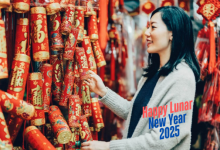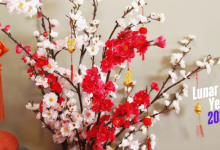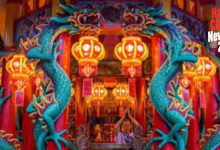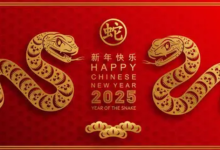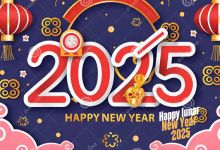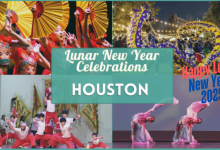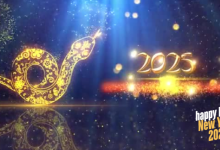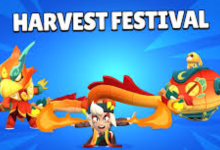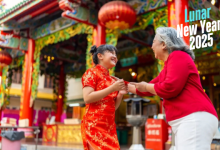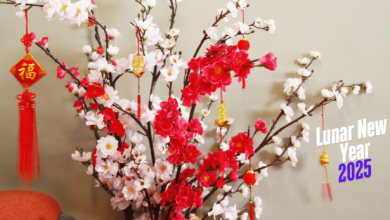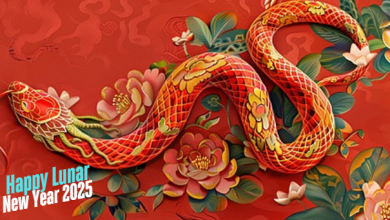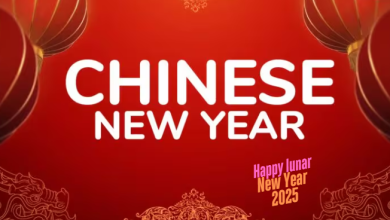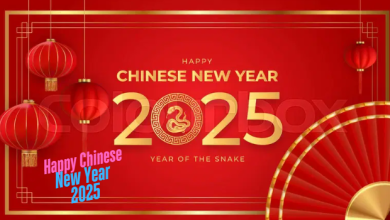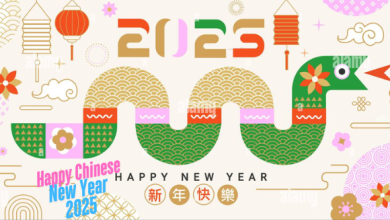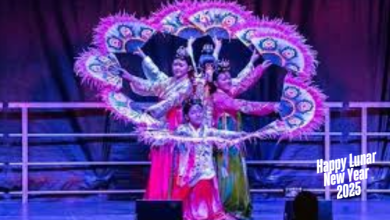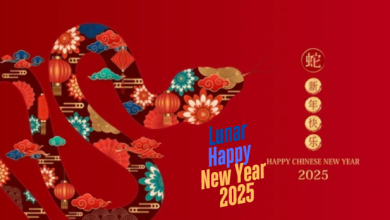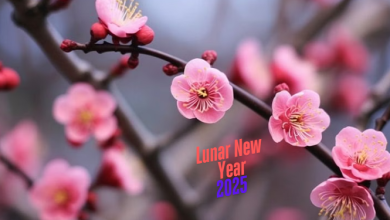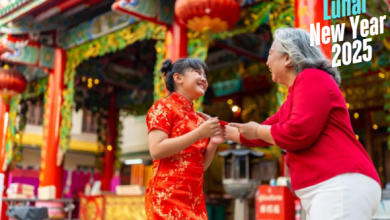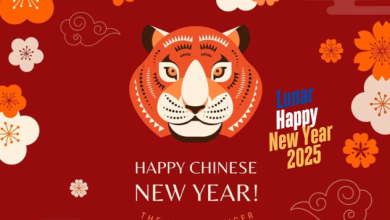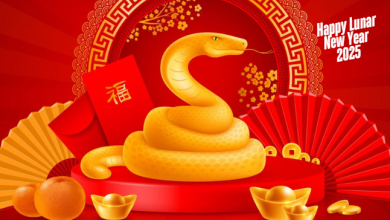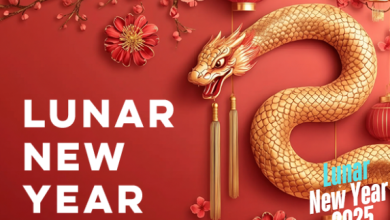Lunar New Year In Vietnam 2025
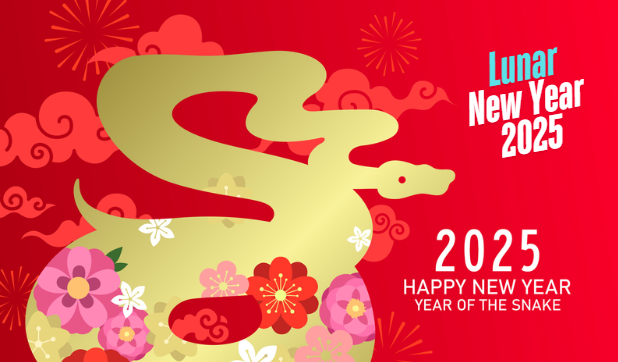
Lunar New Year, known as Tết Nguyên Đán or simply Tết, is the most significant and widely celebrated festival in Vietnam. In 2025, Tết will be celebrated from January 29th, marking the beginning of the Year of the Snake in the Vietnamese zodiac. This ancient celebration is rooted in centuries of tradition, offering a unique insight into the culture, values, and customs of the Vietnamese people.
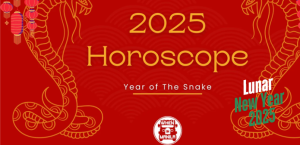
The Significance of Tết in Vietnamese Culture
Tết is not just a holiday; it’s a time for family reunions, honoring ancestors, and welcoming a new year with hopes for health, prosperity, and good fortune. The Lunar New Year is based on the lunar calendar, and each year is associated with one of the 12 animals in the Vietnamese zodiac, similar to Chinese astrology but with some variations. In 2025, the Year of the Snake will usher in a year of introspection, wisdom, and renewal.
The Vietnamese zodiac, along with the Tết celebrations, are steeped in cultural and spiritual significance. The snake is seen as a symbol of transformation and rebirth in Vietnamese culture, representing both danger and wisdom. As such, 2025 will be a year when people are encouraged to reflect, learn, and grow through personal challenges and experiences.
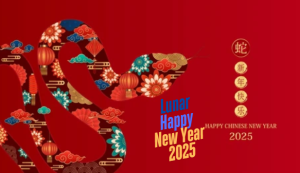
Preparations for Tết in Vietnam
In the weeks leading up to Tết, Vietnamese homes and streets undergo a transformation. People clean their homes thoroughly, a practice rooted in the belief that this will rid the household of bad luck and make space for new, positive energy. The thorough cleaning also symbolizes a fresh start and a break from the past.
Markets become bustling hubs, filled with vendors selling fresh produce, flowers, and decorations. Among the most popular items are peach blossoms (hoa đào) in the north and apricot blossoms (hoa mai) in the south. These flowers are considered symbols of prosperity and good fortune. Families also buy special foods, such as sticky rice cakes (bánh chưng in the north and bánh tét in the south), pickled onions, boiled chicken, and a variety of sweets. These offerings will be placed on the family altar to honor ancestors and to invite good fortune into the home.
The tradition of giving and receiving gifts also plays a significant role in the celebration. One of the most common gifts during Tết is lì xì, or red envelopes filled with money. This gesture is meant to symbolize the passing of good luck from the older generation to the younger one, and it’s an important way for families to maintain connections and show love. The amount of money in the envelope is often chosen carefully to avoid unlucky numbers.
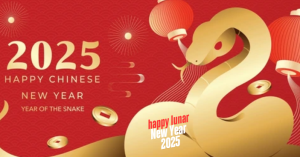
The First Day of Tết – A Time for Family and Reverence
The first day of Tết is reserved for visiting family, especially the elders. It’s a day filled with love, respect, and renewal of family bonds. Many Vietnamese people will travel long distances to be with their families for Tết, and for those who cannot be there in person, phone calls or video calls are common.
A key part of the first day’s ritual is visiting the family altar, where offerings are made to ancestors. This practice is a profound demonstration of filial piety, a central value in Vietnamese culture. On the altar, people place fruits, flowers, incense, and foods that represent their respect and gratitude toward their ancestors. This act of reverence is intended to ensure blessings for the coming year.
In the evening, families often gather for a large dinner, which is filled with traditional dishes that symbolize good health, long life, and prosperity. In northern Vietnam, the bánh chưng – a square sticky rice cake filled with pork and mung beans – is the centerpiece of the meal, while in the south, the bánh tét – a cylindrical version of the same dish – takes center stage.
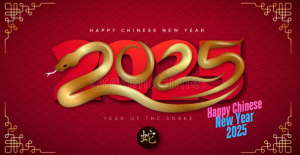
Festivities and Celebrations
The excitement doesn’t stop after the first day. Over the course of the week-long festival, there are many other celebrations and customs. Fireworks displays and dragon dances are common, especially in major cities like Hanoi and Ho Chi Minh City, where the streets come alive with bright lights, sounds, and crowds. These vibrant performances are believed to ward off evil spirits and bring good fortune for the coming year.
Another popular activity during Tết is visiting friends and neighbors to exchange well wishes. It’s customary to visit the homes of close friends and family, and sometimes even acquaintances, to give lì xì and share festive foods. People greet each other with phrases such as “Chúc Mừng Năm Mới” (Happy New Year) or “An Khang Thịnh Vượng” (Wishing you health and prosperity).
The holiday also features many special foods that are symbolic of good luck. In addition to the rice cakes and boiled chicken, people enjoy dishes like canh măng (bamboo shoot soup) and thịt kho hột vịt (braised pork with boiled eggs), which symbolize longevity and prosperity.
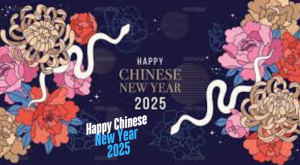
The End of Tết and the Return to Normalcy
The final day of Tết marks the end of the festivities, and many people return to their daily routines. However, the spirit of Tết continues to linger, with people taking the lessons and hopes of the festival with them into the new year. The holiday is a reminder of the importance of family, gratitude, and reflection, while also offering a chance to start anew.
Tết in 2025 promises to be a time of introspection, transformation, and renewal. It is a celebration of both the past and the future, filled with rich cultural traditions, family connections, and the timeless desire for prosperity and good fortune. For the Vietnamese people, Tết is not just a time to celebrate—it is an opportunity to pause, reflect, and look forward to the possibilities of a new year. As Vietnam ushers in the Year of the Snake, the country will come together to honor its heritage and embrace the new opportunities that lie ahead.
